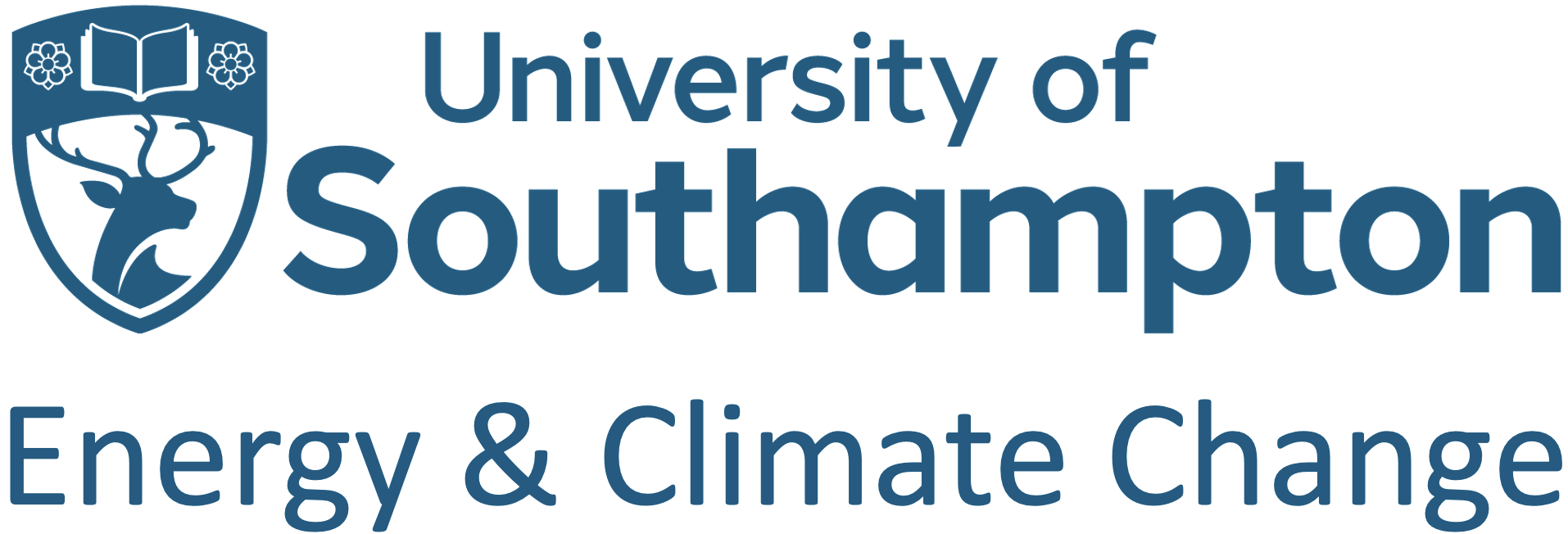
Hi, my name is Salma Sabour and I am a Leverhulme Trust Doctoral scholar studying within the Southampton Marine and Maritime Institute and the Energy and Climate Change group of the University of Southampton.
“The Leverhulme Trust Doctoral Scholarship provides me with a unique opportunity to conduct an inspirational exploration of cultural and natural values of coastal Natural World Heritage sites, and their vulnerability and resilience to shoreline change. I have always been passionate by cultural, social, economic and environmental systemic interactions and I look forward to this research project to better understand the importance of indigenous communities and participatory management in the resilience of coastal heritage values to future sea-level rise impacts.”
I obtained an engineering double diploma from the Ecole Centrale Paris in France and the University of Liège in Belgium back in 2013. Today, adaptation and resilience of coastal heritage and coastal communities to climate change are at the centre of my carrier path. I am interested in exploring the dynamics and relationships between community-based approaches and management decisions and their use in local, national, regional and international policies. My goal is to explore managerial and community-based good practices and to understand “why and how those practices work?”. My experience in coastal management and waste management (locally and regionally) in Morocco and Nigeria had provided me with communication experience and has instilled in me a duty to inform and raise awareness about urgent topics as climate change.
During my research project, I am assessing the vulnerability and resilience of coastal Natural World Heritage sites to present and future shoreline change through the integration of top-down and bottom-up approaches. Coastal Natural World Heritage sites support biodiversity, geodiversity and provide ecosystem services to human beings such as The Sundarbans (Bangladesh), one of the world’s largest mangrove forests; The Banc d’Arguin National Park (Mauritania), one of the most important fisheries in West Africa and a significant breeding site in the East Atlantic migratory birds flyway; and the Great Barrier Reef (Australia), the world largest coral reef. They are also carbon sinks and observatories of climate change effects on the coastal environment and as such play a crucial role to confront the current climate crisis. These sites’ coastlines are dynamic and are permanently transforming, they migrate landward or seaward, gradually or suddenly, given daily, seasonally, decadal or centennial drivers and geomorphological components.
The risk of loss of coastal features in Natural World Heritage sites increases with the possibility of an intensification of multiple coastal hazards combined with sea-level rise which is expected to accelerate and to continue for many hundreds of years, changing coastal natural heritage sites over time. During this research project, I aim:
- To develop a state-of-the-art assessment of multi-decadal shoreline change from 1984 to 2016 in coastal Natural World Heritage Sites and to understand the drivers of depositional and recessional shoreline changes within these sites.
- To assess the views and practices of these sites managers in relation to shoreline change.
- To evaluate the community-based perception of changes and potential adaptation approaches to future sea-level rise effects on the natural and cultural heritage values in a study site in Mauritania: the Banc d’Arguin National Park.
The multidisciplinarity of the subject is consolidated by a stimulating and inspiring interdisciplinary supervisory team: Dr Sally Brown (Engineering), Dr Marije Schaafsma (Geography and Environmental Science), Professor Robert Nicholls (Engineering) and Dr Ivan D Haigh (Ocean and Earth Science).
